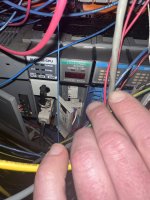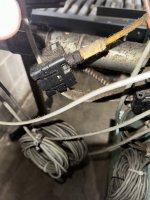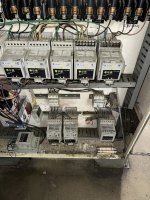I think that folks can appreciate that the cabinets and equipment pictured have been the subject of some quick-and-dirty maintenance over the years, and that the system owner has been fortunate that they're still running at all. I agree that a migration and disaster-recovery plan is appropriate.
Since you don't have any of the software or hardware tools necessary to maintain that system, you have to choose between hiring in some help from someone who does, and buying or subscribing to those tools and learning how to use them.
If I were in this situation with a low budget, I would ask my distributor to get me the trial version of RSNetworx (which only allows configuration of Nodes 0-5) and buy a serial 1770-KFD on the aftermarket. I would use it to upload the 1747-SDN configuration (which is very probably at Node 00), then schedule an outage to plug a "spare" 160-DN2 that's been configured for Node 1 into each drive in turn, uploading (and then exporting the RSNetworx file to an HTML document for reference) and saving the configurations.
That will give you the necessary disaster-recovery information about how the drives are configured. When one fails, you can install a replacement, reconfigure it as Node 1, then change the DeviceNet address back to the correct address.
That process will also give you the opportunity to determine the DeviceNet network addresses of each drive, and make notes in your PLC program about where their data is mapped in the 1747-SDN memory.
If I had the budget for RSNetworx, I would do the same things except with a single copy of the network configuration and less plugging-and-replacing effort.

 imgur.com
imgur.com









